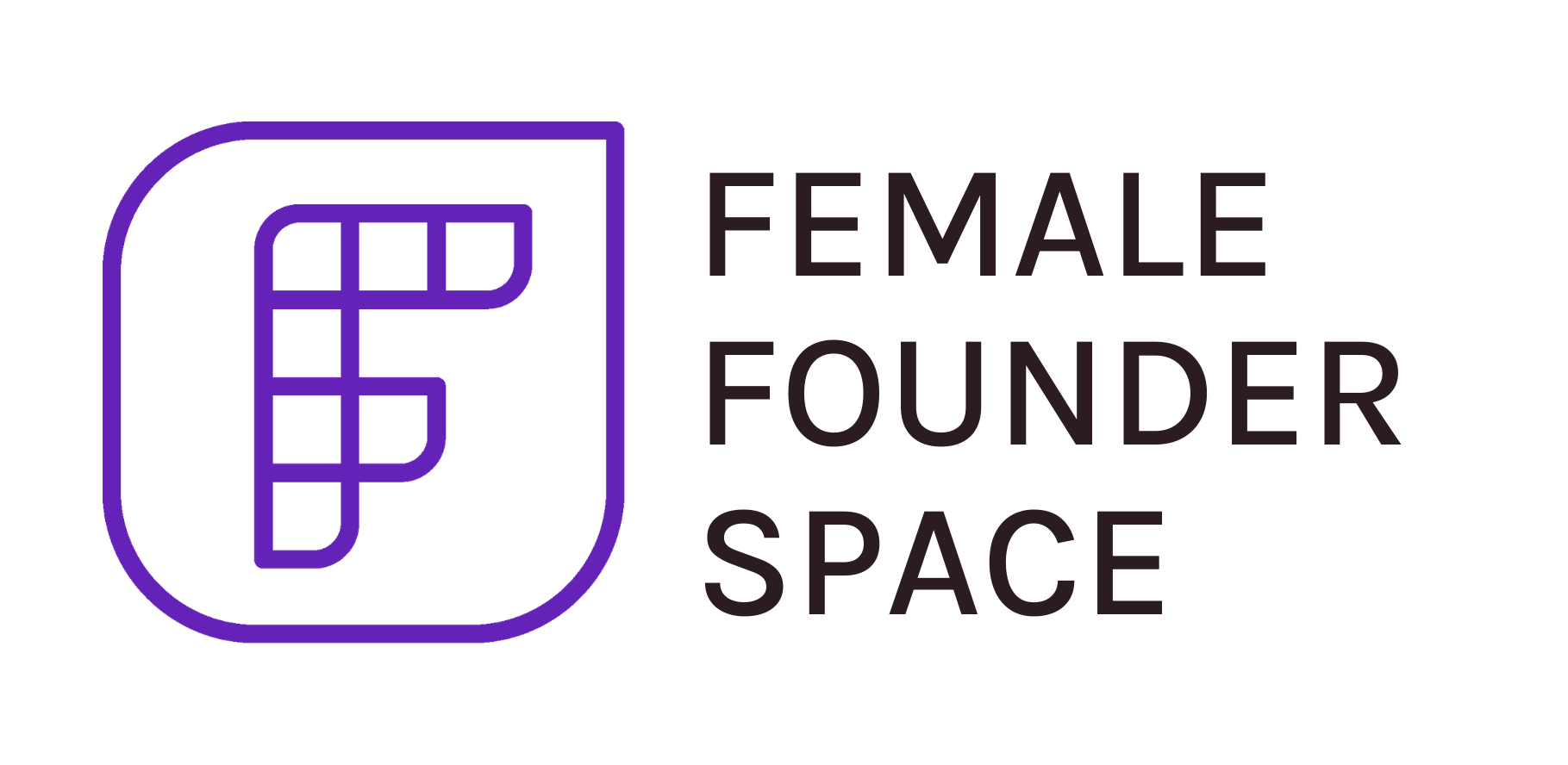Step 3: Stand out with Your Offer
Transcript
I truly believe from my experience that if you can solve a problem that many people have, and they are willing to pay for a solution, you have a business. Being able to understand what a client needs is far more powerful than really delivering what they want. Being able to understand this means that you have to always be one step ahead and to really understand what is their need because often customers don’t know or don’t think they know exactly what they want, but it is often, in my experience, not what they need.
And I’ll give you an example of a client that came last week to me, they really wanted to totally eliminate their fear of public speaking. But after speaking to them, I realized what they really needed was to build their self-esteem. So they had a belief in themselves to pursue any new challenge. So there was no point just focusing on what they wanted, I had to take a step back and say, what do they actually need? And help them with that.
And I think the unique selling point to answer that question, in a nutshell, is: just to be who you are, but be different. You don’t have to be better than anybody else. You have to be different. And that is your unique selling point, who you are, and focus on how you are different. And yes, look at other competitors, but study what you are really good at and become an expert in your area. And that should be your USP.
The Most Common Coaching Models
- Rapid Transformational Therapy works with the client’s subconscious mind. It helps them experience a profound transformation that is achieved by applying a powerful combination of different types of therapies. It is focused on helping people overcome their unresolved issues and have a greater relationship with themselves.
- Neuroscience or also known as Brain-Based Coaching is a coaching model that is based on the study of the brain and nervous system. Using recent trends and insights on how the brain works, this kind of coaching helps create positive and transformational changes for customers by improving their mindset and thinking.
- Action-Based Coaching helps customers not only understand their challenges but also start working on it in real-life. This, in turn, helps customers take steps in the desired direction through the help of the coach who monitors their progress.
